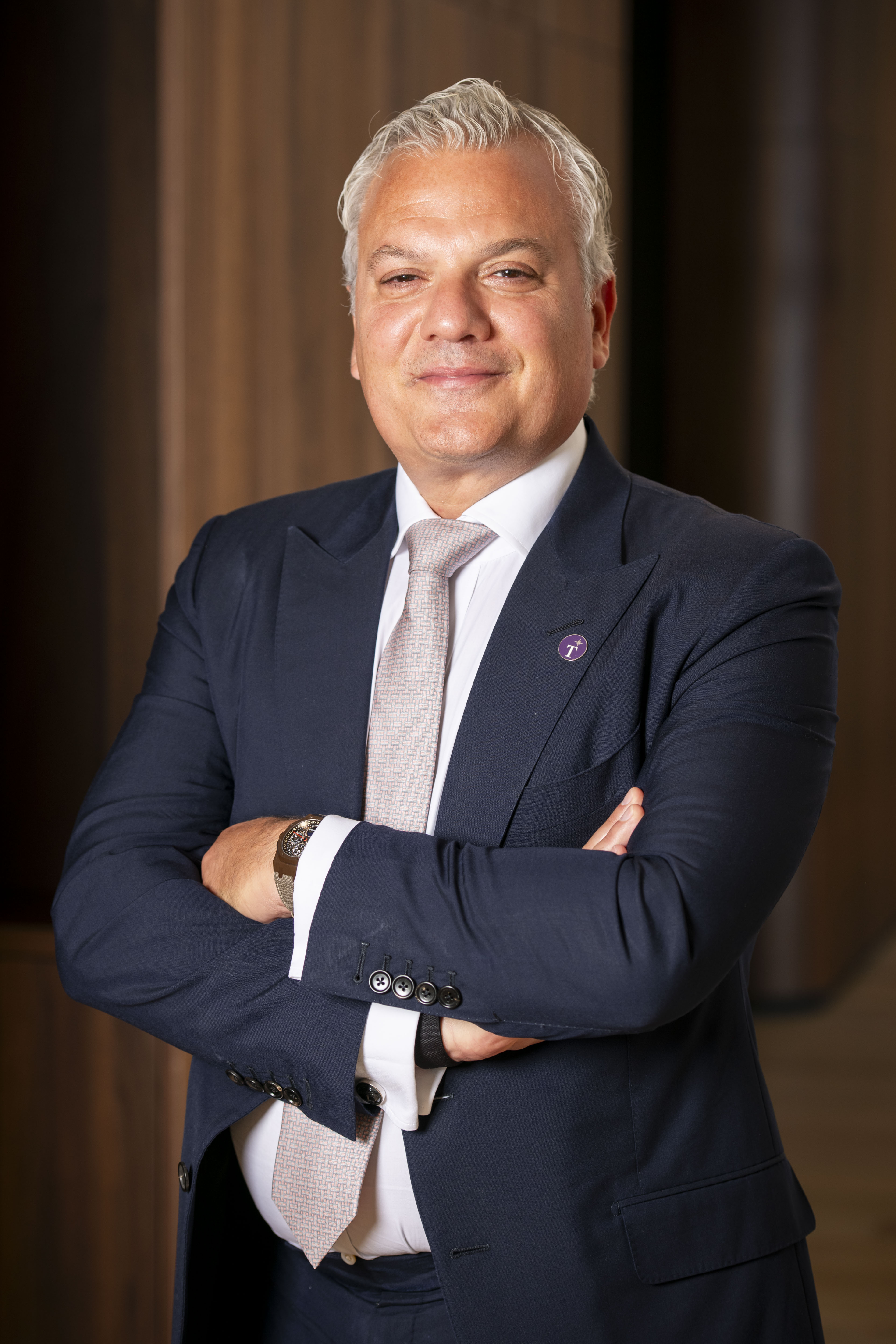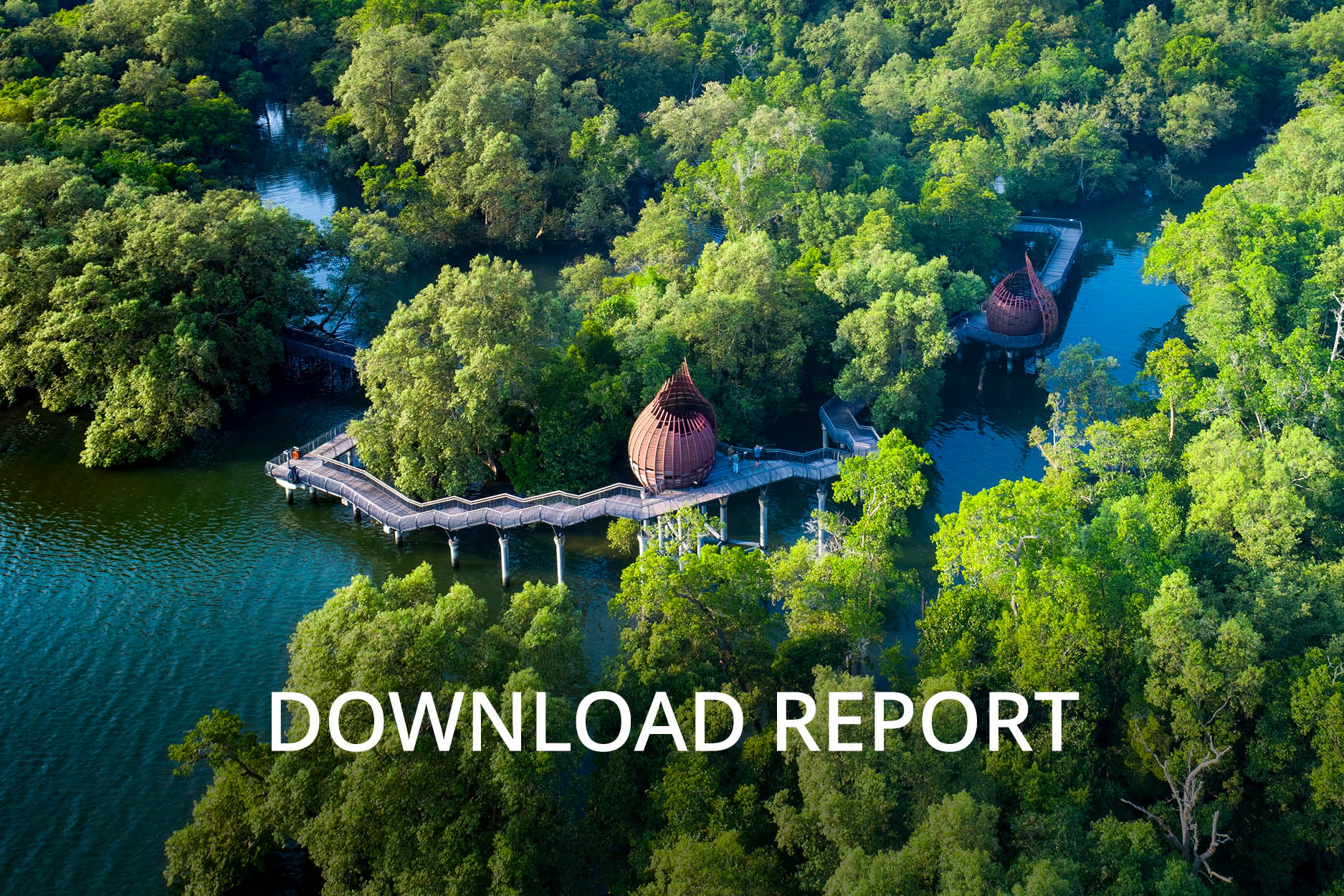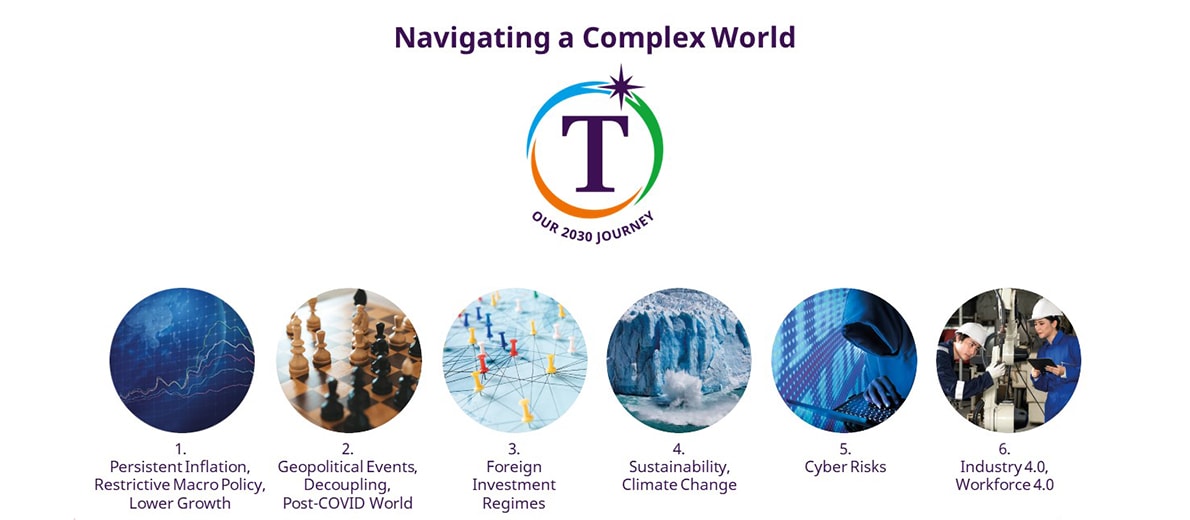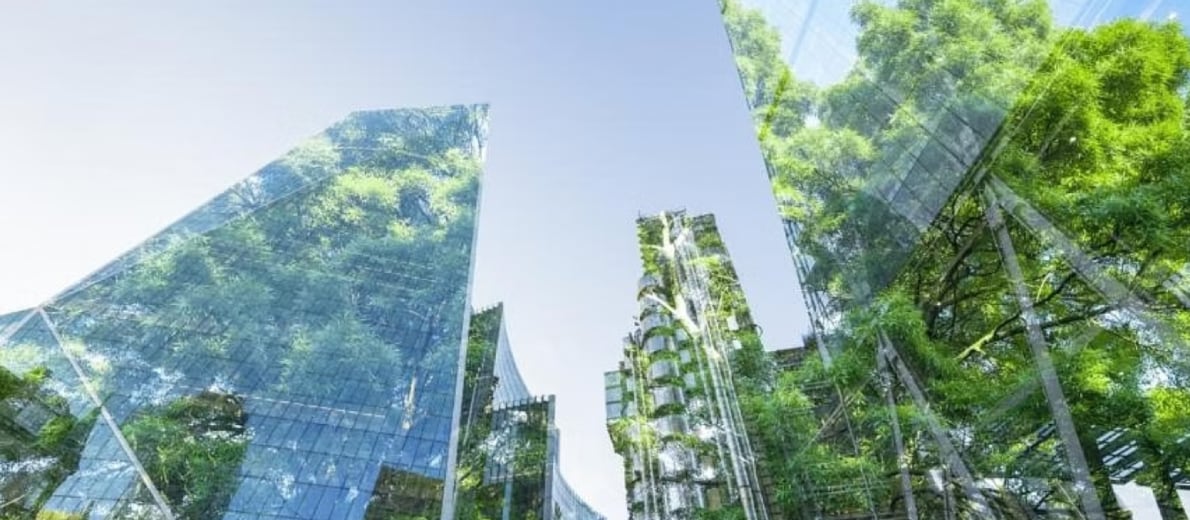Active but not activist: Temasek's Nagi Hamiyeh on creating value
Active but not activist: Temasek's Nagi Hamiyeh on creating value
Portfolio development function’s approach is through partnerships, innovation, growth strategies and/or restructuring
TEMASEK’S creation of a portfolio development function four years ago has made it a more active investor than ever.
Early wins from this stance include a significant revaluation gain for restructured asset manager Keppel and record profits for national carrier Singapore Airlines (SIA).
Nagi Hamiyeh, formerly head of Temasek’s portfolio development group and who now heads investment in Europe, Middle East and Africa, emphasises that Temasek was not the sole engineer of these transformations.
“All the decisions have to be taken by the boards of these companies. We don’t direct our companies; we don’t tell them what to do,” Hamiyeh told The Business Times in an interview.
All the same, Hamiyeh, who this year marks his 19th year with the state investor, can remember a time when Temasek was much less involved.
“We were working on finding the right boards for the companies. We were focused on strengthening the governance structure,” he said. “That was predominantly our role – much more passive than what we have become today.”
It is five decades this year since Temasek was formed as an investment holding company, with 35 companies worth S$354 million at the time.
As those companies grew their footprints across Asia, Temasek’s portfolio grew too – organically and through acquisitions.
The Asian financial crisis was a key catalyst, as Temasek saw opportunities to invest in the region’s recovery. In 2004, 52 per cent of Temasek’s portfolio was in Singapore. Last year, this proportion was 28 per cent.

Portfolio value attributed to Asia ex-Singapore, meanwhile, went from 18 per cent to 35 per cent.
In 2011, Temasek announced its T2020 strategy to “become a global investment house” by 2020. Following that shift, the proportion of its portfolio outside Asia rose from 23 per cent in 2011 to 37 per cent last year.
Through that period, Hamiyeh said, Temasek consistently engaged with its “portfolio companies” – the term the group uses for the companies in its Singapore portfolio.
This engagement typically consisted of meetings with boards and management, where Temasek would present its views as an external party.

Around 2018, however, a decision was made to tweak this approach. “The whole environmentfor our portfolio companies was getting much more complex,” Hamiyeh said, pointing to geopolitical, macroeconomic and other disruptive risks. “We felt it wasn’t enough.”
In November 2019, Temasek announced a new portfolio development function that would “adopt an active approach to enhancing the value of our core assets through partnerships, innovation, growth strategies and/or restructuring”.
In practical terms, Hamiyeh said, this has led to a dedicated team whose focus is working with portfolio companies on resilience and value creation. Members of the team might even be seconded to companies to learn the ropes and develop an “operating mindset”.
Results from these engagements might include strategic reviews, changes to business models and capital structures, and connections with new talents and companies.
In the case of Keppel, for instance, the result has been a reorientation of focus. Keppel shed its offshore and marine business, identified assets for sale, and now refers to itself as an asset management company.
Its stock has risen over 70 per cent since it announced it would be selling Keppel Offshore & Marine to what was then Sembcorp Marine. Last year, Keppel was the secondbest performing stock in the Straits Times Index – after Sembcorp Industries.
The portfolio development team can also draw on skillsets from across the Temasek group. This might include legal experts or those with experience in mergers and acquisitions, for instance, depending on what is needed.
On top of this, Temasek portfolio companies can tap the Temasek Operating System (T-OS). This is a curated network of entities specialising in one of five themes: artificial intelligence, blockchain, cybersecurity, data and digital, and sustainable solutions.
“This is a suite of services,” Hamiyeh said. If a portfolio company wants to digitise its processes, it can go to a T-OS company called Temus. If it needs cybersecurity solutions, it can get these from Istari and Ensign.
“Regardless of whether a company needs help in terms of pivoting or transforming, these are… tools for them to take advantage of.”
To take this active investment approach to its next phase, Hamiyeh said Temasek is “seriously considering having inhouse operating specialists”.
Such specialists might include former chief financial officers who can help companies optimise their balance sheets, or procurement specialists who can look into supply chain improvements.
Temasek’s new approach bears some resemblance to that of a private equity firm seeking to transform companies and extract value.
The likes of Blackstone, KKR and CVC are known for their active ownership and the networks of specialists and professionals they make available to portfolio companies.
One key difference is Temasek’s long-term horizon. “The capital that we invest is capital proprietary to our balance sheet,” Hamiyeh said. “We can stay invested much longer.”
Temasek takes a long-term and holistic view of its portfolio, he added. Its T2030 strategy has two components: a dynamic component that seeks higher returns in unlisted and early-stage investments, and a resilient component that can “withstand exogenous shocks”. The Singapore portfolio companies form part of the resilient component, which is to constitute 60 to 70 per cent of Temasek’s total portfolio.

These companies need to pay dividends, and they need to grow. Their growth, however, is not expected to be as rapid as investments in the dynamic component of the portfolio. Stability is important.
“This stability is not going to give you the highest returns, but it will give you a lower delta in terms of fluctuation,” Hamiyeh said. “And it will give you dividends, because dividends are absolutely key.”
Most importantly, Hamiyeh added, Temasek considers its ecosystem of investments. SIA, for example, brings tourists to Singapore, who roam on Singtel’s mobile network and visit Mandai Park Holdings properties such as Bird Paradise and the Singapore Zoo.
“We have to look at the indirect uplift in value that we get,” Hamiyeh said.
Temasek will continue to apply tests to its investments, he added. “We always have to ask ourselves: Are we in the right opportunity if we want to stay for 10 years or longer, or are we better off getting higher returns?”
The tests are “very simple”: Temasek looks at total shareholder return and net portfolio value.
“These are the only questions that matter,” he said. “There is no sacred cow.”
We always have to ask ourselves: Are we in the right opportunity if we want to stay for 10 years or longer, or are we better off getting higher returns?
Nagi Hamiyeh, head of Temasek’s portfolio development group
This article was first published on 12 March, 2024 in The Business Times © SPH Media Limited. Permission required for reproduction


